Geology Reference
In-Depth Information
such as Skye, Mull and Ardnamurchan
(Figure 8.6). In some of these volcanic
complexes, a central stock, often com-
posed of multiple ring-shaped intru-
sions, or
ring dykes
, is surrounded by a
concentric set of inclined dykes, called
cone sheets
, or by a set of
radial dykes
.
The cone sheets, which have an
arc-like outcrop, lie on a set of conical
surfaces that converge approximately
at a point source beneath the centre of
the igneous complex. It is believed that
cone sheets are injected into conical
shear fractures formed by the pres-
sure of a suddenly expanding magma
chamber, as shown in Figure 8.7A.
Selection of steep, outwardly inclined
conical fractures by the magma will
give rise to ring dykes. Expansion of
the magma chamber can also explain
the set of radial extensional fractures
that come to be occupied by the radial
dykes, which also converge at the
centre of the complex (Figure 8.7B).
As radial dykes are traced away from
an igneous centre, and come under the
influence of the regional stress field,
they become more parallel and form a
dyke swarm
, which normally forms at
right angles to the direction of regional
minimum principal stress (Figure 8.7C).
Some of the dykes belonging to the
Cenozoic swarms of western Scotland
extend for long distances from the
igneous centres; members of the Mull
swarm can be traced for around 200 km,
reaching into NE England. One of the
largest known dyke swarms is the
Mid-
Proterozoic
(ca. 1270 Ma old) Macken-
zie swarm of northern Canada, which
can be traced south-eastwards from
the Arctic Ocean for a distance of over
1500 km. A walk along the shore in parts
of western Scotland such as the islands
THE STRONTIAN
PLUTON
Loch
uoich
ineament
0
0
present
exposure
level
0
10
0
30
Moine Suergroup
(Late Proterooic
metasediments)
5
0
outer
grano-
diorites
30
10
B
0
Figure 8.5
The Strontian pluton. A.
This late Caledonian pluton consists
of three main intrusive phases, two
outer hornblende granodiorites and an
inner biotite granodiorite. The attitude
of the flow foliation in the outer bodies
suggests that the outcrop represents
the lower half of a diapir, as indicated
in
B
, which has become further inflated
by the injection of the later inner
granodiorite. It has been suggested
that the intrusion was focussed on an
extensional gap at the intersection of
the Loch Quoich lineament and the
Great Glen fault. Based on Hutton
(1988).
0
0
0
inner
granodiorite
0
flow
foliation
0
A
Loch Linnhe
km
Figure 8.6
Cone sheets of the
Ardnamurchan Central Igneous
Complex. The Ardnamurchan
complex in western Scotland
is composed of three separate
plutonic igneous centres, of which
centre 2 displays an excellent
example of concentric cone
sheets, each of which occupies
an arc of a circle and is inclined
inwards towards the centre of
the complex at a depth of several
kilometres. These cut a set of ring
dykes, shown in purple. The later
intrusions of centre 3, shown in
blue, obscure the eastern half of
centre 2. The host rock, together
with the earlier centre 1 intrusions,
are in yellow. Based on Emeleus &
Bell (2003).
ARDNAMURCHAN CENTRAL
IGNEOUS COMPLEX
intrusions of centre 3
centre 2
ring
dykes
of centre
2
host rocks +
intrusions of
centre 1
ring dyke margin
cone sheets of centre 2
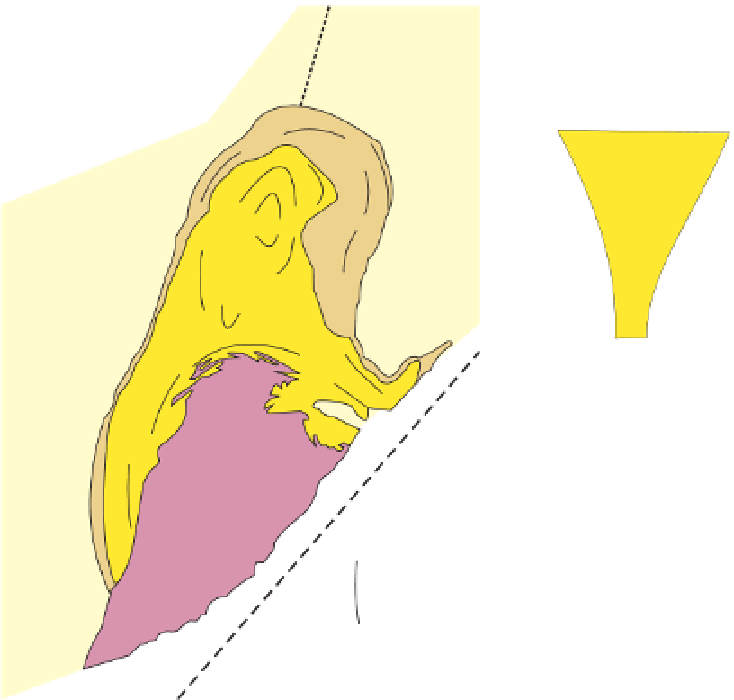



















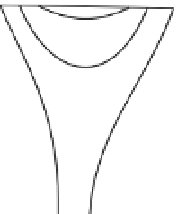
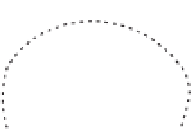







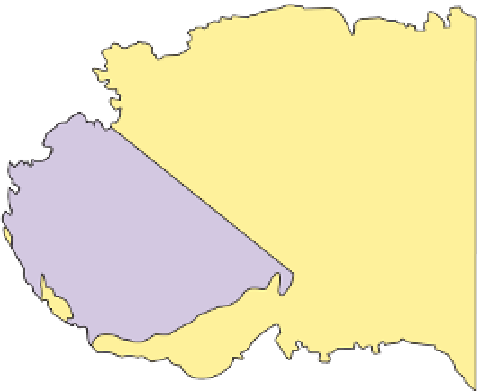


































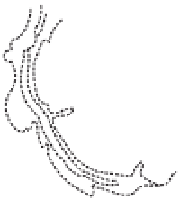
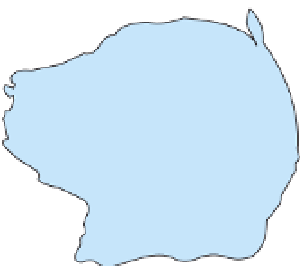










Search WWH ::

Custom Search